Why Your Hair Hates Winter (And How to Actually Fix It)
Every single year, it’s the same story. Around the time the holiday decorations start popping up, my clients start coming into the salon with the same set of complaints. Their hair, which was perfectly happy and healthy all summer, is suddenly dry, full of static, and feels like straw. They’re finding more little broken pieces in their brush and on their sweaters. And it’s not just a coincidence; it’s a direct result of winter’s assault on your hair.
In this article
After spending decades helping people with this exact problem, I can tell you that there’s no single magic product that will fix ‘winter hair.’ It’s all about understanding what’s really going on with your hair fibers and making a few key adjustments to your routine to protect them. Lots of articles give you quick tips, but they forget the ‘why.’ Without the why, the advice just doesn’t stick. So, let’s walk through it together—the same way I would with a client right in my chair.

First, Let’s Understand the Enemy
To really protect your hair, you have to know what you’re up against. The main villain in winter isn’t just the cold air itself—it’s the profound lack of moisture everywhere, from the frosty air outside to the blasting central heat inside. This dryness is what kicks off a whole chain reaction of hair problems.
Your hair is what we call hygroscopic, which is just a fancy way of saying it tries to balance its moisture level with the air around it. Think of a single hair strand as having a core (the cortex) protected by an outer layer of overlapping scales (the cuticle), kind of like shingles on a roof.
In the humid summer, your hair soaks up moisture from the air, causing the shaft to swell and feel a bit puffy or frizzy. But in winter? The exact opposite happens. The dry air literally pulls moisture out of your hair’s core to find balance. This loss of internal moisture is a huge deal. It makes the hair fiber stiff, inflexible, and way more likely to snap under a little bit of pressure from, say, brushing or a ponytail.

Honestly, it’s just like a green twig versus a dry one. You can bend a fresh, moist twig all day. But a dry, brittle twig? It snaps at the slightest provocation. That’s exactly what’s happening to your hair on a microscopic level.
And What About All That Static?
Oh yeah, the static. It’s the other major winter annoyance. Static happens when your hair builds up an electrical charge. Healthy, moisturized hair has a natural, thin layer of water that dissipates electrical charges. When your hair is dehydrated, it can’t do that. So when you pull a wool hat over it or run a plastic brush through it, the friction strips away electrons, leaving all your hair strands with the same positive charge. And what do same charges do? They repel each other. That’s why your hair literally stands on end. It’s just physics, and the only real solution is to get some moisture back in there.

Your New Winter Wash-Day Game Plan
Your first line of defense starts in the shower. This is, ironically, where a lot of people unknowingly do the most damage during the winter months. The goal is to get your scalp clean while holding onto every last drop of precious moisture in your hair.
Wash Less, But Smarter
Washing your hair every day is probably the biggest contributor to winter dryness. Most shampoos are designed to remove oil, and they do it well—sometimes too well. They strip your hair and scalp of the natural, protective oils (sebum) that it desperately needs in winter. Simply washing less can make a world of difference.
I usually recommend cutting back to 2-3 times per week. But what about the days in between? Nobody wants greasy-looking hair. This is where a smart weekly schedule comes in.
A great winter week for your hair might look something like this:
- Monday: Full wash day. Use a gentle, sulfate-free shampoo and follow up with a deep conditioner. Let that mask sit for at least 20 minutes.
- Tuesday: Hair up. A loose bun or protective style. If your roots feel a little oily, a quick puff of dry shampoo is your best friend.
- Wednesday: Time for a co-wash. That just means washing your hair with conditioner only. It has gentle cleansing agents that refresh your hair without stripping it. Or, just rinse your hair with water and condition the ends.
- Thursday: Another protective style day, maybe a loose braid.
- Friday: Back to a regular wash with your sulfate-free shampoo and a good rinse-out conditioner.
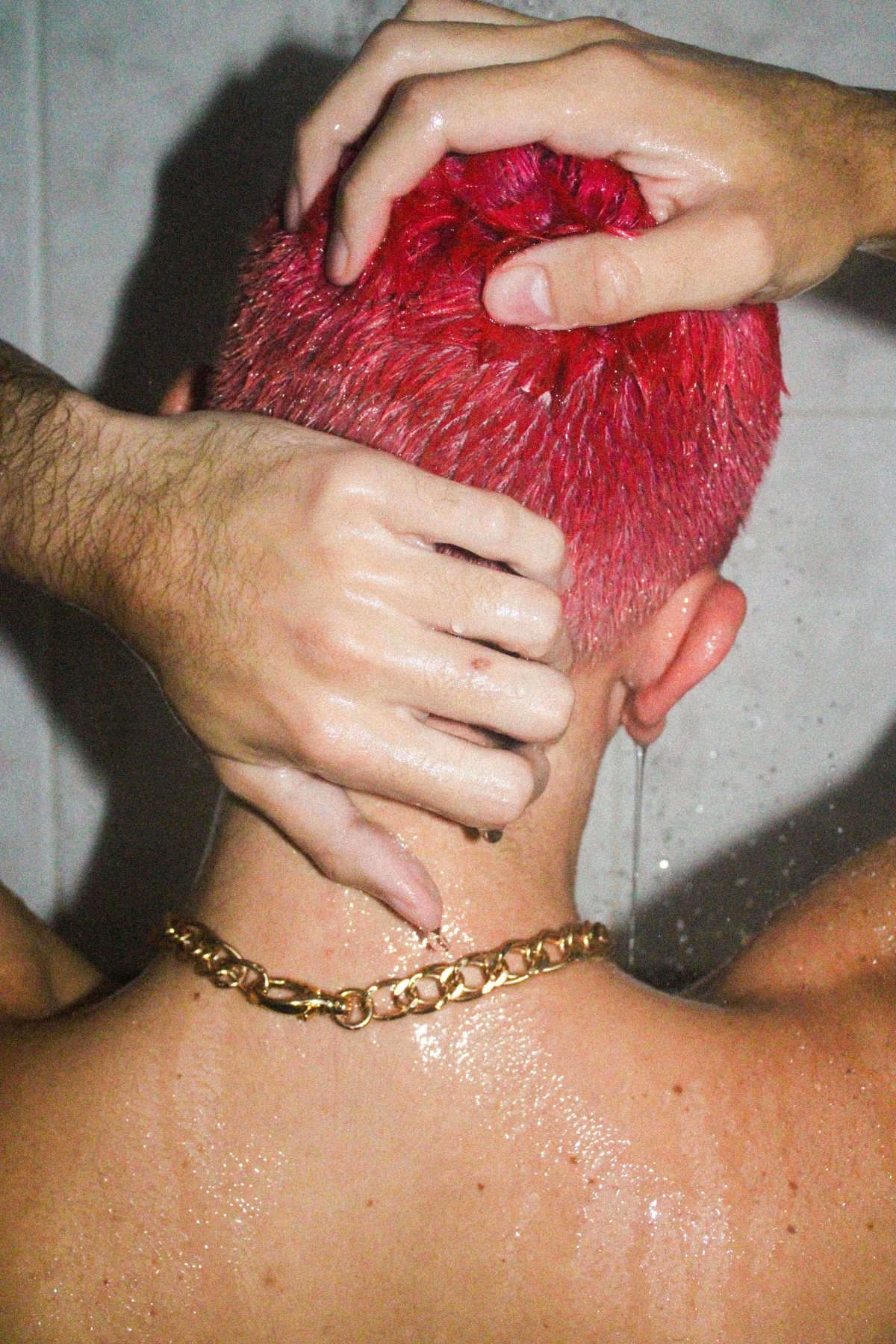
Choosing Products That Actually Work
Don’t just grab a bottle because it says “hydrating.” You need to become a bit of an ingredient detective. A good winter routine uses a one-two punch: ingredients that attract moisture, and ingredients that seal it in.
- To attract moisture (humectants): Look for things like glycerin, panthenol, and hyaluronic acid on the label. They act like tiny magnets for water.
- To seal it in (occlusives/emollients): This part is critical. Without a sealer, those moisture magnets can actually pull water back out of your hair in a super dry room. Look for ingredients like shea butter, argan oil, jojoba oil, or even silicones like dimethicone.
Your winter shampoo should be sulfate-free, and your conditioner needs to be rich in those sealing emollients. You can find excellent options in the drugstore for about $8 to $15, or invest in a salon-quality formula which usually runs between $30 and $50.

Heads up for fine-haired folks! I know you’re probably thinking that rich conditioners will just weigh your hair down into a sad, limp mess. And you’re not wrong to be cautious! The trick is in the application. Concentrate that rich conditioner or mask only on your mid-lengths and ends—basically, from your ears down. Keep it away from your roots.
The Art of Deep Conditioning
Your regular rinse-out conditioner just isn’t going to cut it against winter’s worst. A weekly deep conditioning treatment or hair mask is absolutely non-negotiable for keeping your hair flexible and strong.
But how you apply it matters. Don’t just slap it on and rinse it out two minutes later.
- After shampooing, gently squeeze the water out of your hair. Don’t rub it with a towel! If your hair is sopping wet, the mask just gets diluted and slides right off.
- Apply the mask from the middle of your hair down to the ends. The ends are the oldest and most fragile part of your hair, so they need the most love.
- Use a wide-tooth comb to gently distribute the product. This makes sure every single strand gets coated.
- And here’s the salon secret: add gentle heat. Heat helps the hair’s cuticle swell just enough to let all the good stuff penetrate deeper. Just pop on a plastic shower cap and then wrap a warm, damp towel around your head. Leave it on for 20-30 minutes. The difference this one step makes is HUGE.
While DIY masks with avocado or olive oil can provide some surface-level smoothness, their molecules are often too big to get inside the hair shaft. A professionally formulated mask (you can get a great one for $10-$20 at the drugstore, or a high-performance one for $30-$60) contains ingredients that are specifically designed to be small enough to penetrate and repair the hair. Some of the best ones contain bond-building technology that works on a structural level—something food just can’t do.
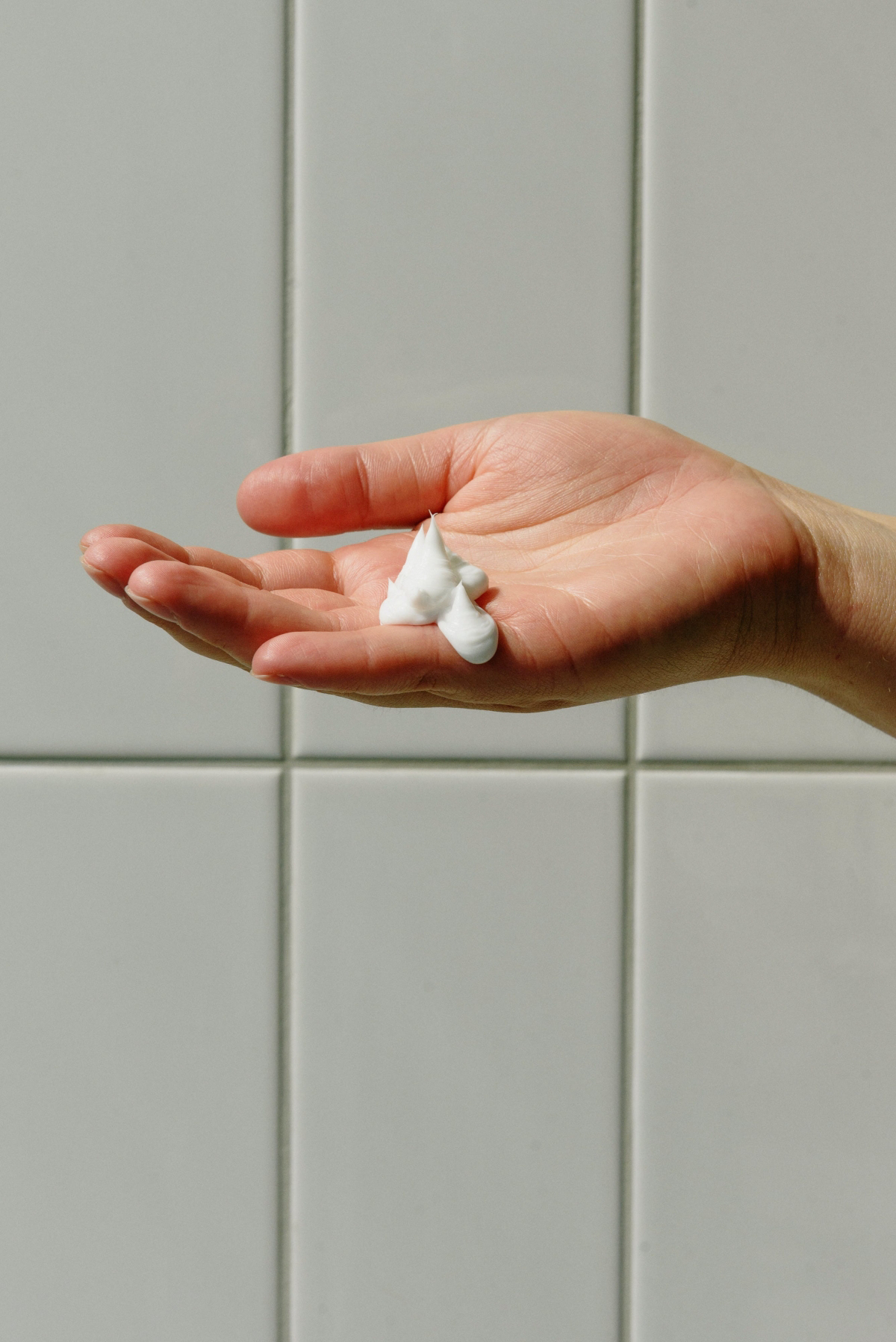
Your Outer Defenses: Hats and Styles
Hats are a winter necessity, but they can be a major source of damage and static. That constant friction from a wool or acrylic beanie roughs up your hair’s cuticle layer and builds that static charge.
The solution? Create a buffer. The absolute best thing you can do is find a hat that’s lined with silk or satin. These smooth materials let your hair glide without snagging. You can find them online for $20 to $40. Or, for a budget-friendly option, just buy a cheap silk or satin scarf (around $15 at most big-box stores) and tuck it inside any hat you already own before you put it on.
Quick tip for hat hair: To avoid that dreaded flatness when you take your hat off, try this. Before you put your hat on, flip your hair to the opposite side of your normal part. When you get inside, take off the hat and flip your hair back. You’ll be surprised by the volume you get back!
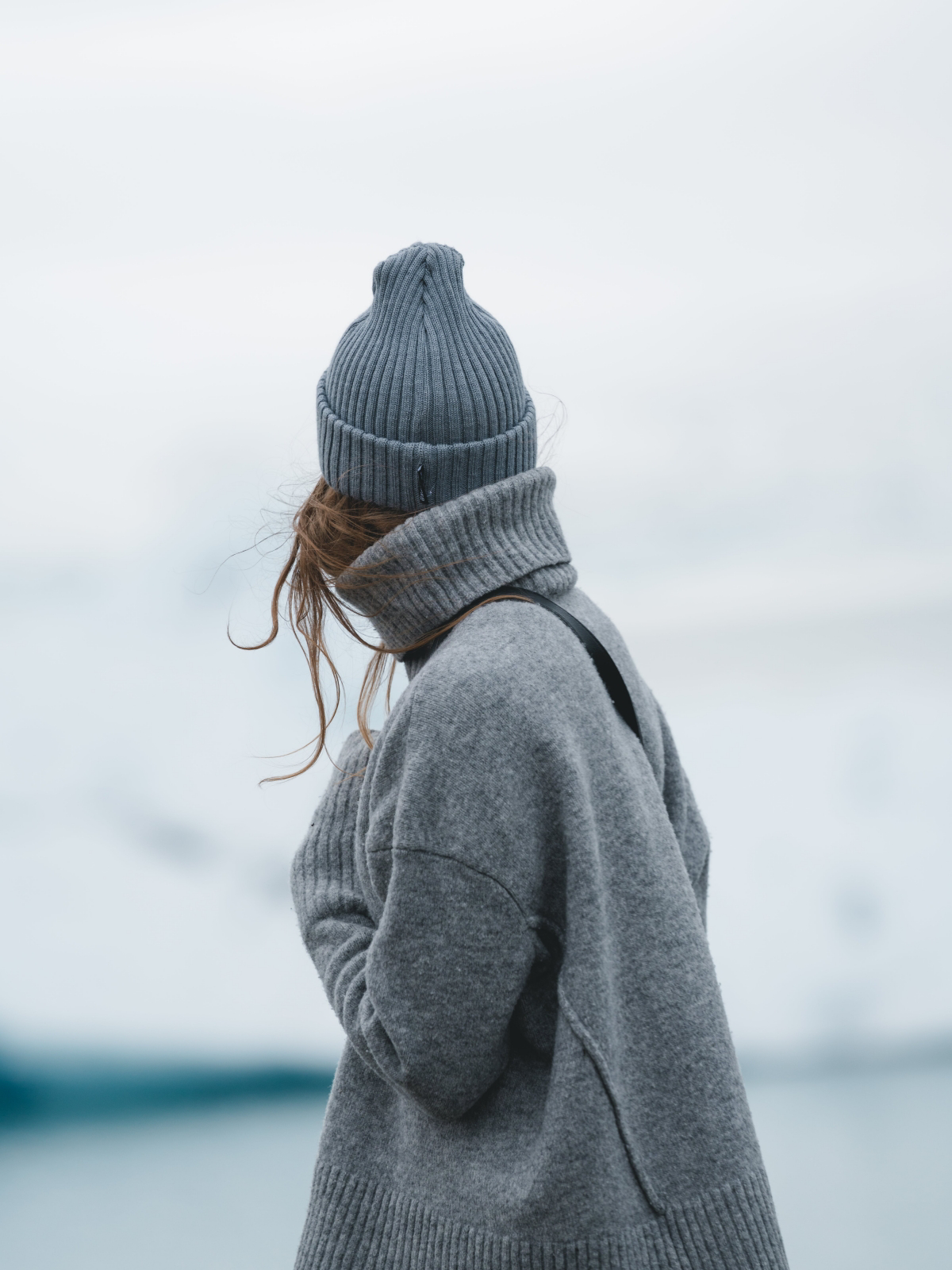
A Note on Protective Styles
A protective style is simply any hairstyle that keeps your fragile ends tucked away and minimizes their exposure to dry air and friction from scarves and collars. Think loose buns, chignons, or simple braids. They are your hair’s best friend in winter.
But a word of warning: a protective style should never, ever be tight. If you feel pulling, pain, or little bumps around your hairline, the style is too tight and it’s causing serious damage, potentially even a type of hair loss called traction alopecia. It should feel secure, but completely comfortable.
Quick Fixes and Final Thoughts
Even with the best routine, you’ll still have those moments of sudden static or need to use a flat iron.
If you’re dealing with a halo of flyaways, try lightly spraying a natural bristle brush with a flexible hairspray before you brush. In an absolute pinch, you can even use a tiny, pea-sized amount of hand lotion. Rub it between your palms until they’re almost dry, then very lightly graze your hands over the surface of your hair. It works wonders for taming static on the go.

And if you must use heat tools, please be smart about it. Always use a heat protectant spray, and turn the temperature down! Most hair does not need 450 degrees. Try styling in the 300-350°F range instead. And never, ever use a hot tool on hair that is even the slightest bit damp. You will literally boil the water inside the hair shaft, causing permanent damage.
Finally, think about your environment. One of the best investments you can make for your hair (and skin!) is a simple humidifier. Running one in your bedroom at night adds moisture back into the air, which means less moisture gets pulled from your hair while you sleep. You can grab a good one for between $30 and $70.
Winter is tough, there’s no doubt. But with a little understanding and a consistent, gentle routine, you can get through to spring with hair that’s just as healthy as it was in the fall.
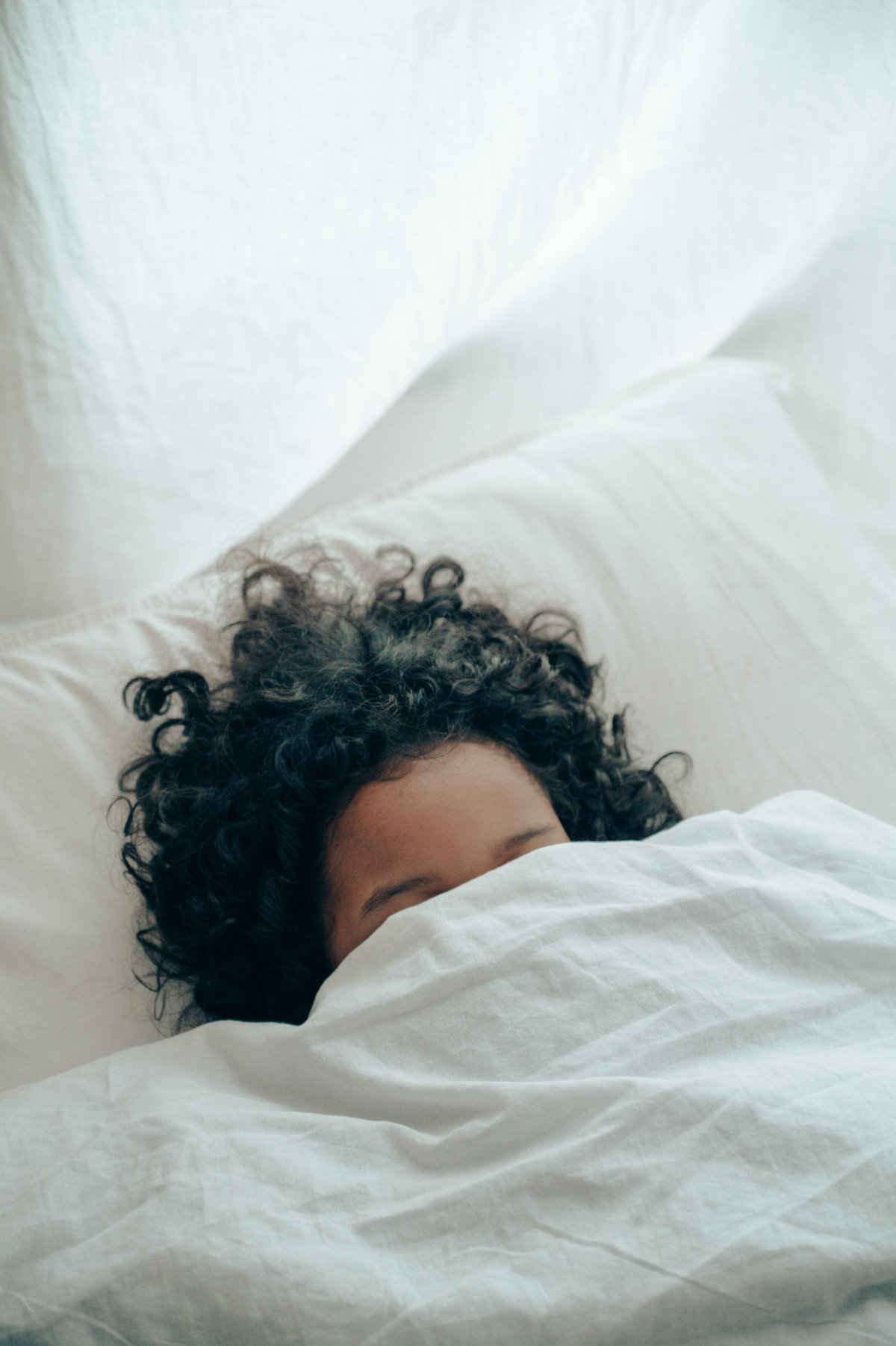
Galerie d’inspiration

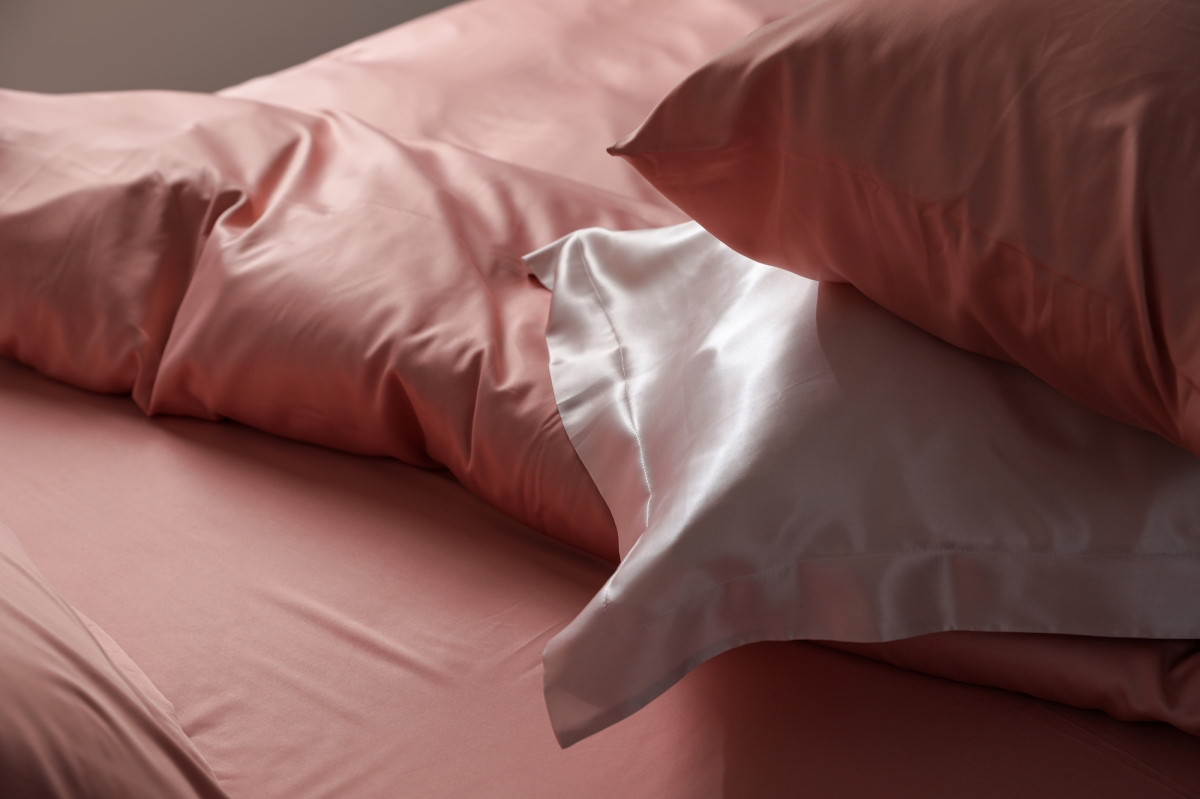
Is my favorite cozy wool hat secretly sabotaging my hair?
Unfortunately, it might be. While a hat is essential for protecting hair from harsh winds, traditional wool or acrylic knits are rough on the hair’s cuticle, generating static and causing friction that leads to breakage. The pro move? Look for hats with a built-in satin or silk lining. If you can’t part with your favorite beanie, a simple trick is to wrap your hair in a small silk scarf before putting on your hat. You get all the warmth without the frizz and damage.
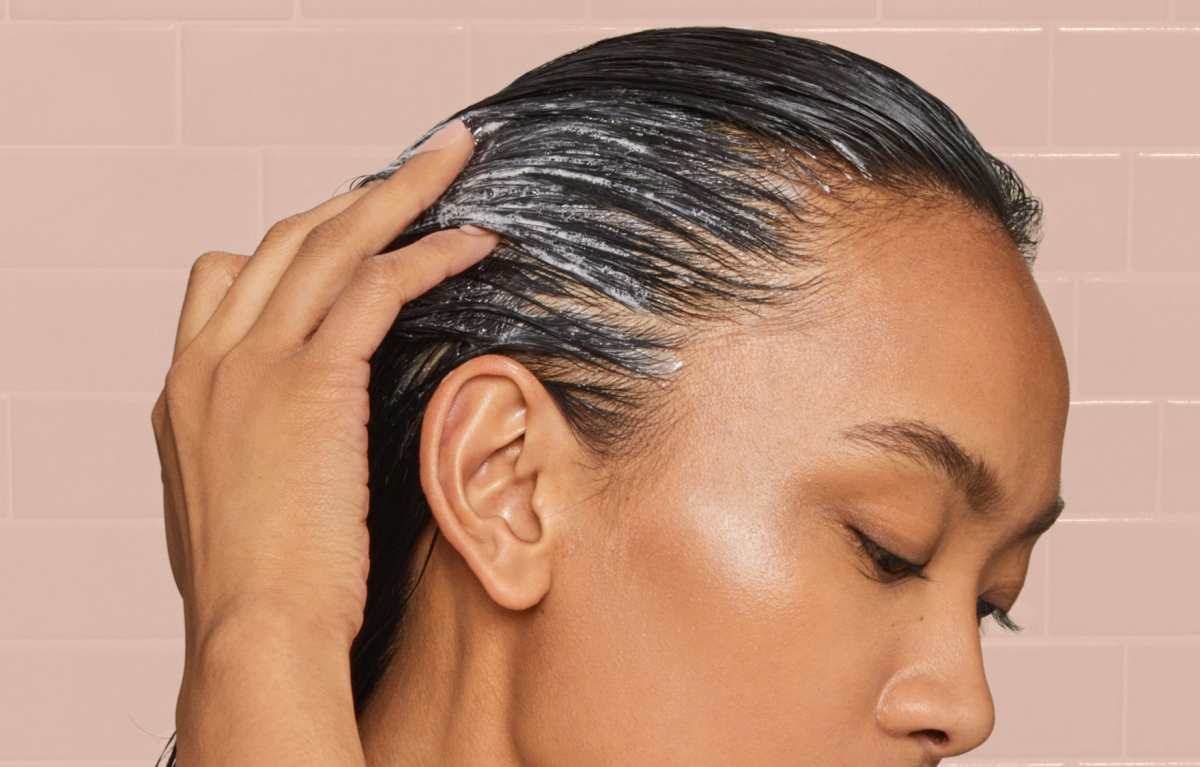
Did you know that the material of your pillowcase can dramatically affect hair health? A standard cotton pillowcase absorbs moisture and creates friction, leading to drier, more tangled morning hair.
This is where silk or satin becomes a winter game-changer. The smooth surface allows hair to glide, reducing breakage and helping it retain its natural oils overnight. It’s an effortless way to protect your strands while you sleep. You can invest in a pure silk pillowcase from a brand like Slip, or find excellent and affordable satin options from Kitsch on Amazon.
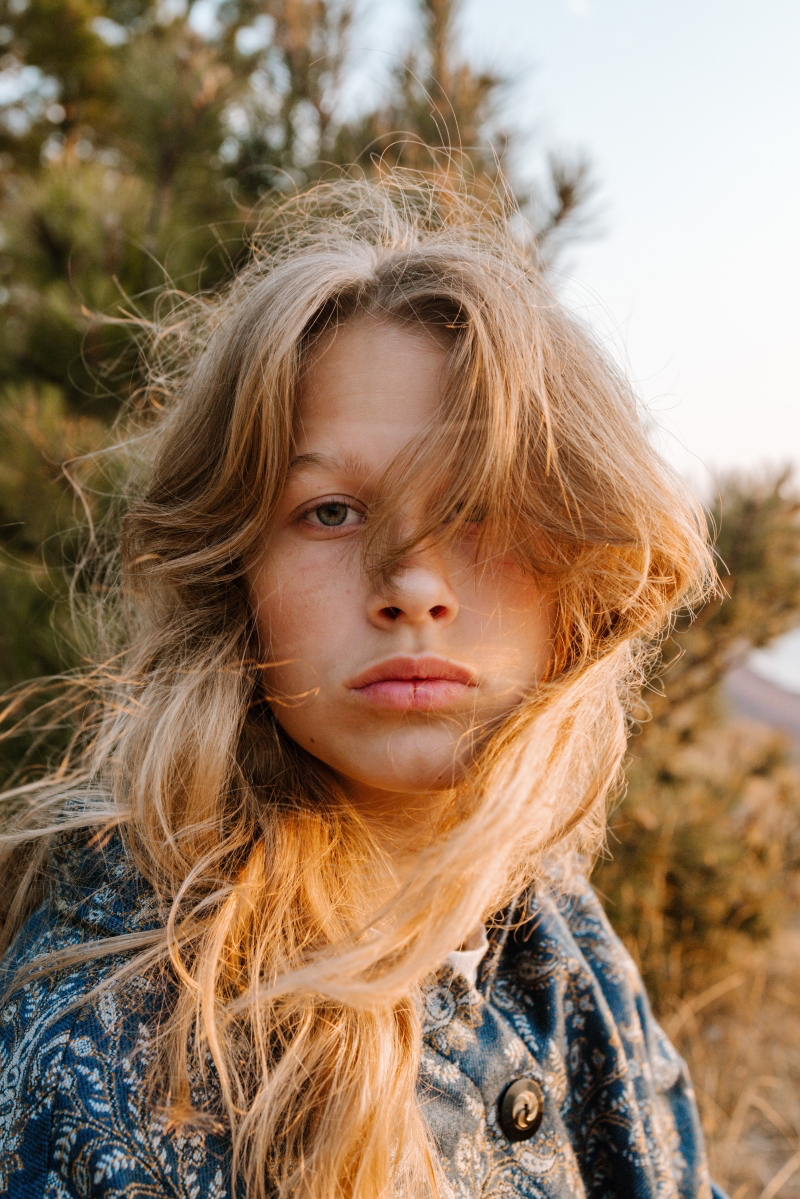
The temptation to take long, hot showers in winter is strong, but it’s one of the quickest ways to strip your scalp and hair of their protective natural oils. The key is not just washing less often, but washing smarter.
- Embrace a quality dry shampoo on off-days. Batiste’s ‘Hint of Colour’ range is great for avoiding that tell-tale white residue on darker hair.
- Try “co-washing” once a week—washing with only conditioner. Brands like As I Am or Cantu offer fantastic, moisturizing co-washes.
- When you do shampoo, use lukewarm water and concentrate the product on your scalp, not the fragile ends.
Your Humidifier is a Hair Tool: That dry, heated indoor air is your hair’s number one enemy. Running a small humidifier in your bedroom at night does more than help your skin and sinuses; it puts moisture back into the air, which your hair will gratefully absorb. This helps prevent the hair shaft from drying out, reducing static and brittleness while you sleep. Models from Levoit or Canopy are popular for being effective and quiet.










